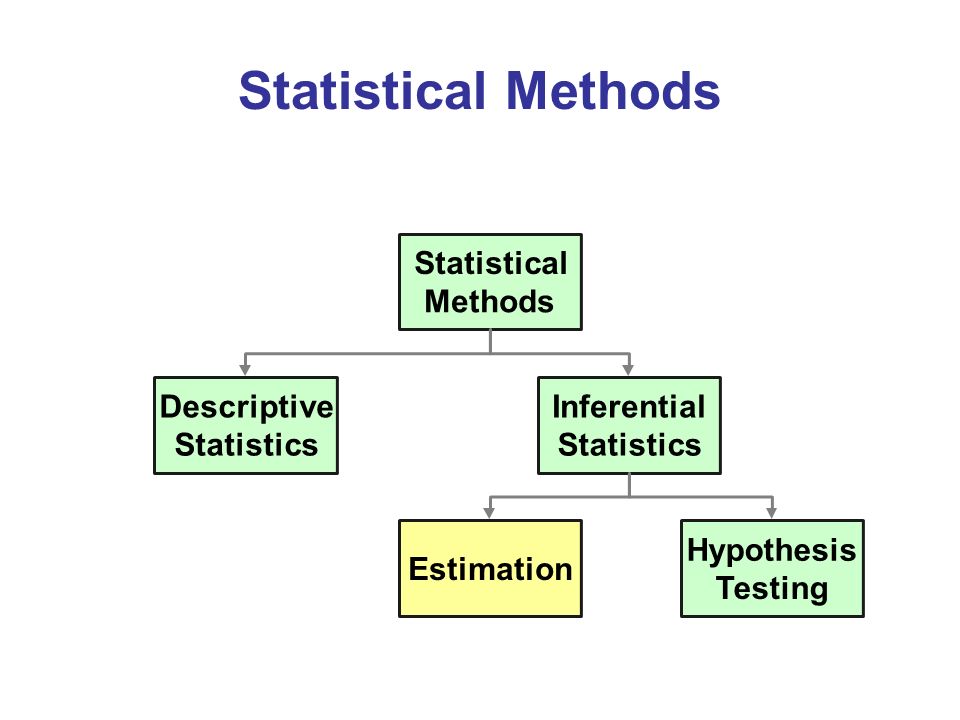Two automatic threshold selection (TS) methods for Extreme Value analysis under a peaks-over-threshold (POT) approach are presented and evaluated, both built on: fitting the Generalized Pareto distribution (GPd) to excesses' samples over candidate levels ; the GPd-specific relation between L-skewness and L-kurtosis; the asymptotic behaviour of the matching L-statistics. Performance is illustrated on significant wave heights data sets and compared to the L-moment-based heuristic in [10], which is found to be favorable. PUBLISHED VERSION AVAILABLE AT: https://www.spestatistica.pt/storage/app/uploads/public/609/28f/6d0/60928f6d08a0c016386627.pdf
翻译:在峰值超过临界值(POT)方法下,提出并评价了两种极端值分析的自动阈值选择方法,这两种方法都基于:将通用Pareto分布(GPd)与超出候选水平的样本相匹配;L-skewness和L-kurtispis之间的特定GPd关系;匹配的L-统计学的无症状行为;在显著的波高数据集上展示了绩效,并与[10]中基于L-moment的超常数据进行比较,发现该数据集是有利的。 PUBLISHED VERSION AVAILILAW:https://www.spistatistista.pt/storage/appp/uploads/public/ 609/28f/6d0/60928f6d080c010386677.pdf。



